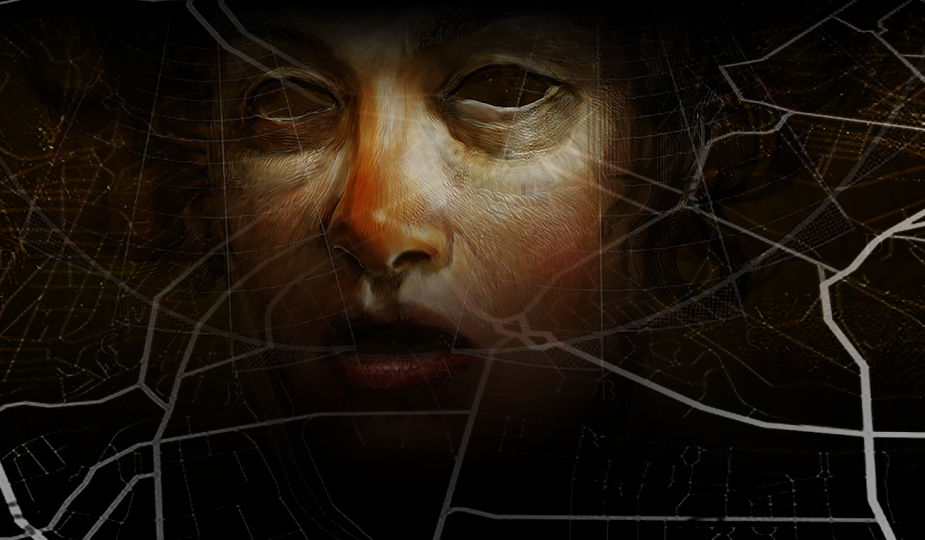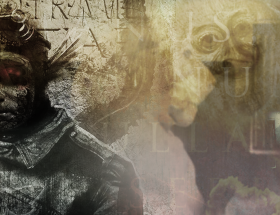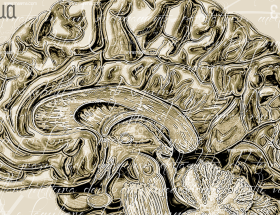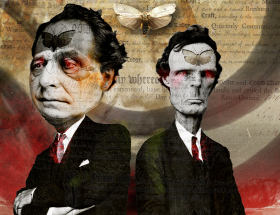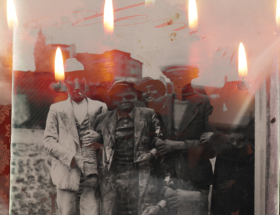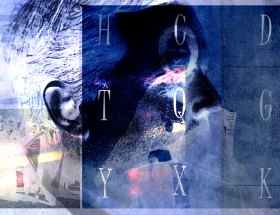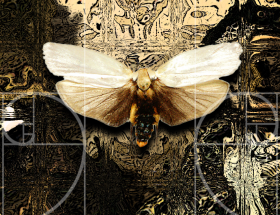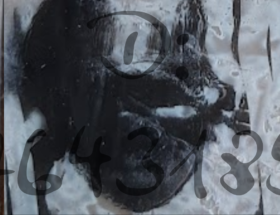What is clearly represented in the “humanizations” is the path each Lar takes to engage the body-dimora in its experiencing with the world. It is the attempt to assert one’s own individuality which, far from that hitherto believed parasitic form, is instead necessary support for the refutation of the theorem of the “double” in which the two aspects: the own-body-self and the Lar agent-in-act, are found without subordinate conjunctions, in a paratactic ordering, mediated solely at the point of orbital eccentricity. Thus in the paramnesic manifestation this dual meaning of human existence manages to coexist.
The charts, conceived as a somato-sensiotopic representation, offer the possibility of identifying and tracking active totemic topical loci.
Because of the narratives lost by virtue of an “other” presence, when conditions obscured our most intimate recollection of the self, the need for a safe guide to the rediscovery of the disused, abandoned, sunken paths into oblivion came to be imposed.
In the related iconic arrangement of somatotopic territory, eco-taxonomy, and the architecture of remembrance loci, these are described in a direct and familiar language.
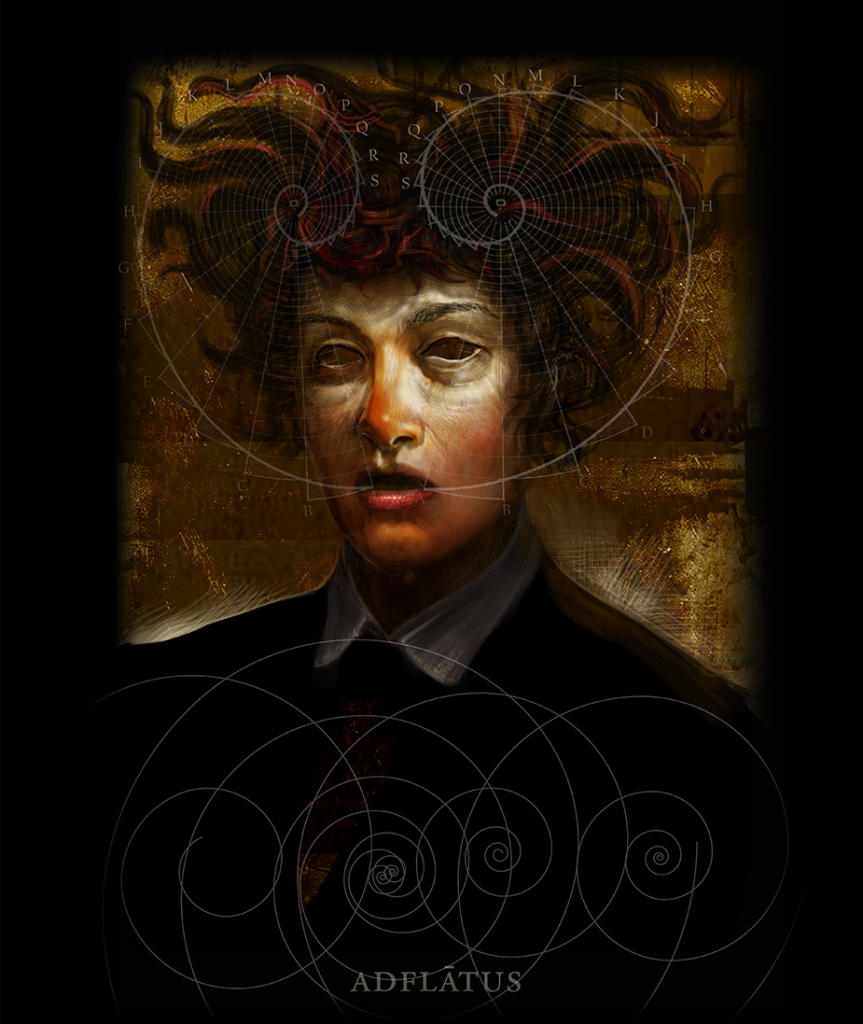
In the “humanizations,” the enhancement of proper-body orientation is evident. The maps represent and organize, as well as orient, to the exploration of the places of the LAR by fully contemplating in the contents the following aspects:
- the architectural-structural reconstruction of logical connective nodes in relation to the physiology of the body;
- the socio-eco-ergonomic impact of identity memory enhancement processes;
- the detection of the reconversion effects of new languages in visited places resulting from the presence of the double in traditional cultural communication;
the detection of the reconversion effects of new languages in visited places resulting from the presence of the double in traditional cultural communication;
Adelmo Saliceti in his “Arguments on Paramnesia” writes of Baltieri’s Humanizations, “And with placid restlessness that we explore the summits of beautiful thoughts, we admire the industrious cultivations of the sapiential seeds that, necessary, we arranged and well cared for in our souls. We rejoice proudly as we behold the magnificence of the constructions of public utility that spread in our being the deepest sense of life.”
Omne tulit punctum, qui miscuit utile dulci
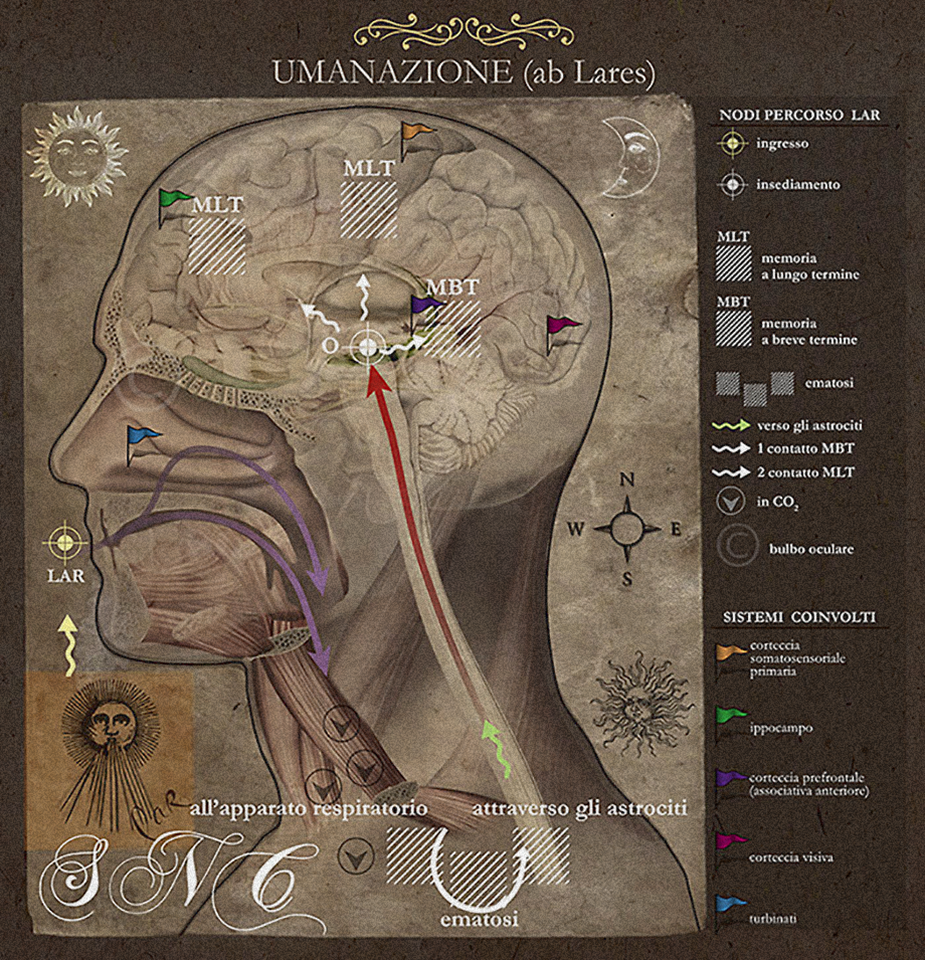
Saliceti’s attempt to adhere to Baltieri’s prescription of “Omne tulit punctum,” that is, to obtain a unanimous consensus in a narrative of the functional representations contained in the Humanazioni that, while respecting the clear evocative image form intended to enlighten the audience’s interest, succeeds in achieving a balance between metaphorical narrative and atmospheric sentiment in a detailed analysis of the inner territory, is admirable. The art of the Self starts from the very nature of memories aggregated over time and transfigures it, thus discerning the places visited through interposed identity (Lares) from the original territories.
What, then, inspires Baltieri to represent the albeit already visionary theory of vortices as accesses in the process of paramnesia through the topographical-anthropomorphic maps of the Humanizations? Anatomical silhouettes transfigured into impervious and dusty paths, tracks created between the wager and the unknown of a necessary passage that would allow the exploration of “territories” that, in the current common imagination, had sunk into oblivion. A quest that proceeded carefully and full of wonder, subject to the danger of contracting, as it itself testifies, the disastrous fall into commonplaces lacking the necessary refutative evidence.
The topographical-anthropomorphic form of somato-sensotopic maps lends itself well to such a purpose; as Baltieri reports in his essay “Territori umanati,” in fact: “And not in vain did I acknowledge the precious benefit that yielded from my accurate and scrupulous investigations, the iconic collection of the signs of diverse natural appositions. Of which collection, the wise travelers of the astonishing discoveries, accompanied their papers.”
The humanation became a privileged tool of the narrative of the exploratory journey undertaken in search of the Lar. Such a tool enabled Baltieri to clearly develop the theorem of the “double,” so that the synergistic element came to emerge in his reflections. By establishing a relationship of ascertained functionality of the defined solutions, as specified by the engagement in the paramnesia research work, he came to the clear realization that he could conquer the ubiquitous dimension.
Having come to the conviction that the new system of Humanation beyond the surprising singularity of the iconic-orientative signs, the evocative power of which came to be defined, offered other no less clear advantages, both for the easy possibility of illustrating by excellent way the theory of the vortices of access to the lateral folds of the mouth, and for the purpose of following the path that the Lar leads with the purpose of taking possession of the functionalities from the subject, engaging in every way in the experience of the world.
These advantages have persuaded the scientific community to give the Humanation system preference over any other model of paramnesia storytelling.
Baltieri concludes:
“Considering that the description I have given of it is necessarily synthetic within the limits of a small treatise, I am convinced that to the intelligence of the most expert researchers of the paramnestic form, it will be able by a sense of speculative attraction to give rise to a very vivid desire in some.
Openly, if such a researcher would also like to recreate for himself and with other methods such paramnestic experiences made so frequent and common, to have everywhere under observation the manifest expression of paramnesia in the subject, and the role that Lar makes it perform, I believe I will do a useful thing by exposing in the following representations with various details everything that makes up one of my Humanations.”
A consideration
“Humanizations” is a term that could be used in a variety of contexts, but in this case it seems to refer to the manifestations or expressions of a human being. A “Lar” could be a term used in the philosophical or spiritual sphere to refer to a spiritual being or individual essence.
The phrase seems to suggest that the path of every Lar (or individual) involves his or her own body and experience of the world. In other words, the body and the experience of the world are tools through which the individual seeks to understand and interact with his or her surroundings. This can be seen as a process of personal evolution, in which the individual seeks to understand himself and the world in which he lives.
C.G.P-T

